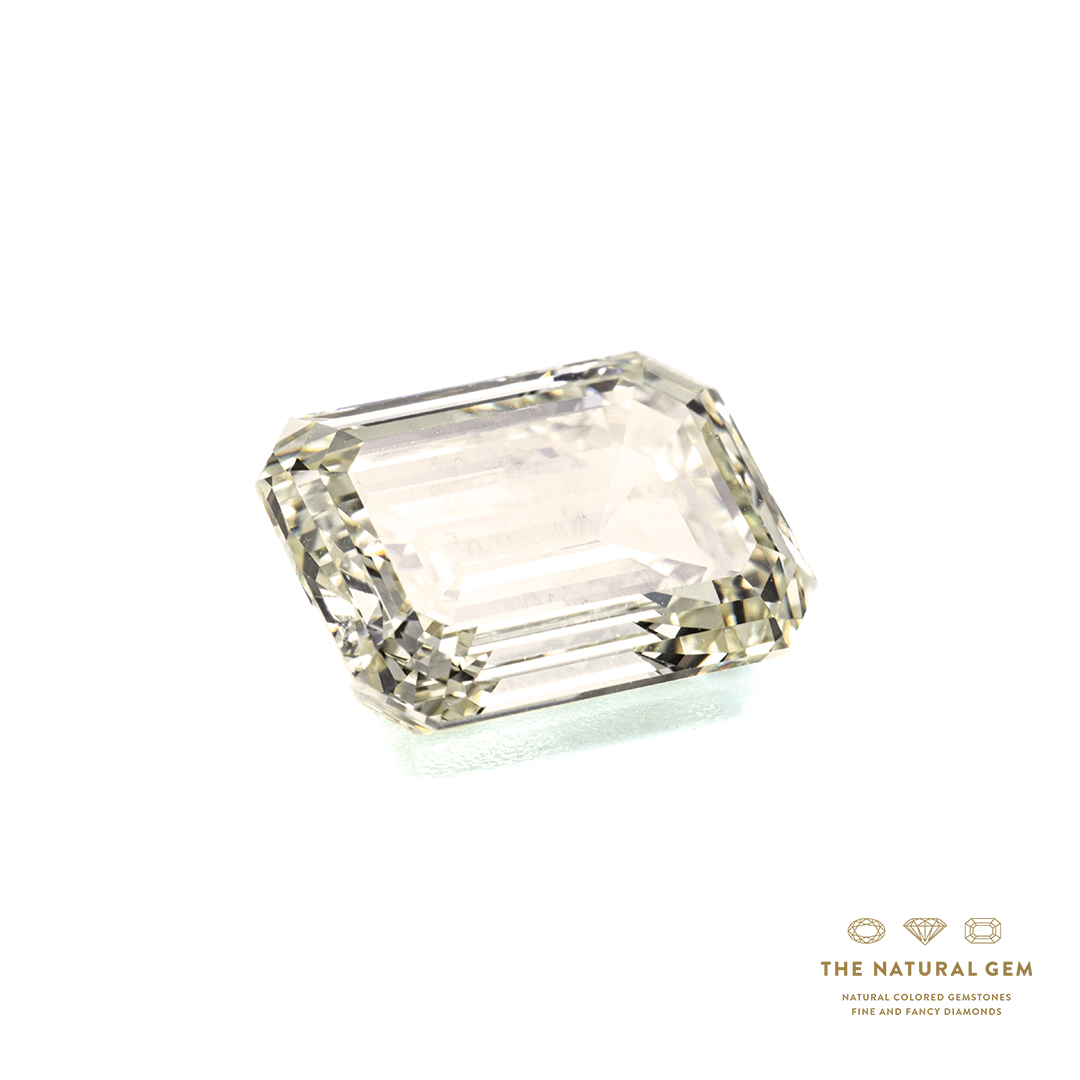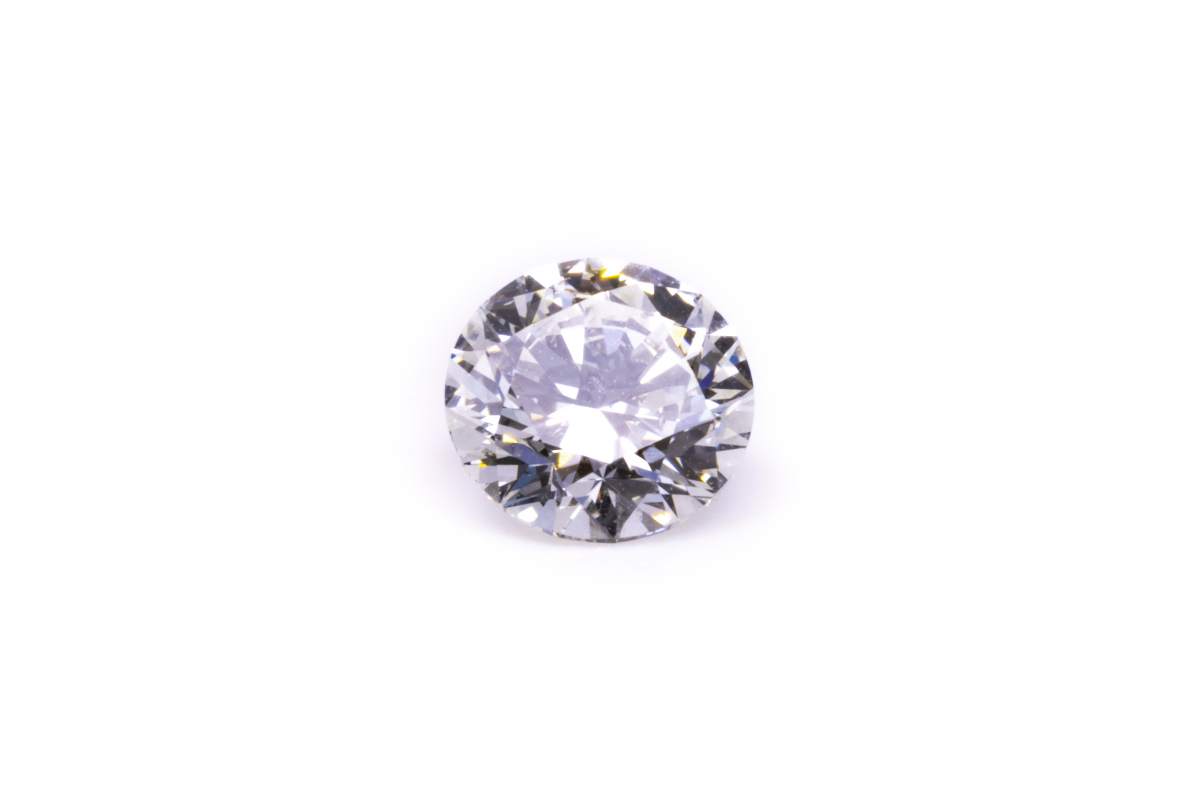Knowledge
27.04.2022 Diamond Price: How the value of diamonds is calculated.
The diamond is called the “king of gemstones” and is considered the hardest natural material in the world. The crystals are made of pure carbon and are therefore transparent. However, due to impurities with other elements or defects in the crystal lattice, the gemstones also occur in colors such as blue, green, pink, yellow and even black.

The price depends on the 4 C’s
The value of a diamond is essentially determined by the 4 C’s: color, cut, clarity and carat. While with colored gemstones such as ruby, emerald or sapphire, color-intensive stones are generally in particularly high demand, with diamonds, a color that is as pure white as possible is desirable. The GIA has introduced an internationally recognized scale for evaluating color quality, ranging from D (Highly Fine White) to Z (noticeable tinting).
- D & E: Exceptional White + & Exceptional White
- F & G: White extra + & White extra
- H: White
- I & J: Shaded White
- K, L & M: Lightly Tinted
- N – Z: Tinted, very pale yellow
Naturally formed colored diamonds are a speciality and are extremely rare. They are referred to as “fancy diamonds.” Such colored diamonds with a vivid hue are considered special rarities and are traded at a higher price.
The cut and the quality of the cut are also decisive for the price of a diamond. Because the radiance of a gemstone is ultimately achieved by the cut. The higher the quality, the more refractions affect the brilliance and thus make the crystal sparkle. Diamonds usually have a brilliant cut, but princess cuts and other cuts also occur. The cut grades are divided into five quality levels: EX is the highest and best possible cut, VG stands for very good, G for good, M for medium, F for Faur and P for poor.
The third C, Clarity, refers to the purity. The fewer inclusions and natural impurities a stone has, the better it is rated. Here, too, a standardized clarity scale is used: This ranges from the flawless diamond (FL) to the piece with inclusions (I3).
- FL: flawless (internally und externally)
- IF: internally flawless
- VVS1 & VVS2: very, very small inclusions
- VS1 & VS2: very small inclusions
- SI1 & SI2: small inclusions
- I1, I2 & I3: inclusions
Finally, the size or weight of each diamond is also crucial. The size of diamonds is always given in the weight unit carat, where 1 carat equals 0.2 grams. The price increases exponentially with weight: a two carat diamond is always worth more than two one carats.


Price per Carat: The Rapaport Price List as a Reference

The best known list is certainly the Rapaport Diamond Report. Martin Rapaport is considered the founder of this price list, who developed the first table in 1978 to create more transparency for diamond prices. Today, the “Rap List” is updated every Thursday at 11:59 p.m. EST and is used by dealers worldwide as a basis for negotiating diamond prices.
The Rapaport report can only be viewed with a subscription and consists of tables for various carat sizes, with prices in U.S. dollars for color and clarity. If one knows the size, color and clarity of a diamond, a price can be calculated using the Rapaport price list.

Diamonds as an investment
Diamonds are not suitable for short-term investment or even speculation. However, it is possible to invest in diamonds as a value investment, if you have a very long investment period (20 years +).
As investment diamonds natural colored diamonds (“Fancy Diamonds”) or white diamonds in the best quality from a certain size come into question. A certificate from an independent institute is always mandatory.
We at The Natural Gem recommend as an investment primarily untreated, natural-colored gemstones, first and foremost ruby, sapphire and emerald. These gemstones have been in high demand for centuries, they are considered particularly beautiful, are much rarer than diamonds and fetch high prices in investment quality.


